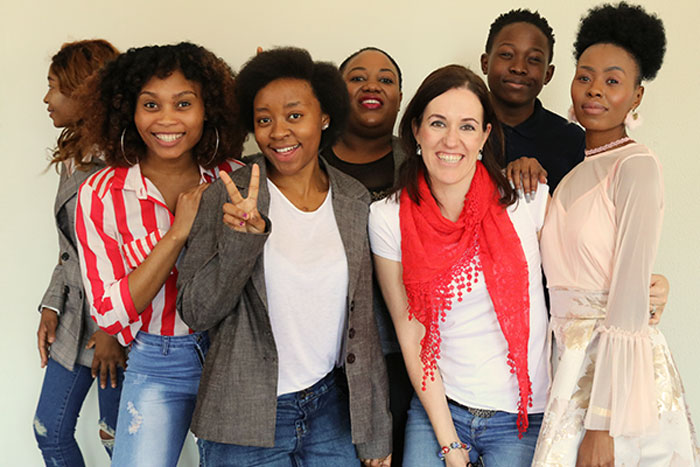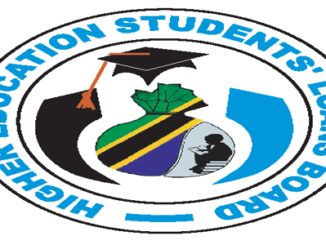JOIN OUR WHATSAPP GROUP. CLICK HERE
BMZ Matokeo ya Mtihani wa kidato cha pili 2024/2025 Zanzibar PDF DOWNLOAD
BMZ Matokeo ya Mtihani wa kidato cha pili 2024/2025 Zanzibar PDF DOWNLOAD Find out Zanzibar form two Result . The Zanzibar Examinations Council have declared the result including all Zanzibar form two Result, Zanzibar standard Six Result and Zanzibar standard four Result . So, the exam takers can follow the official page to view their results. Additionally, you can gain proper knowledge about the result from this site. For the sake of the applicants, we have enclosed a direct link at the end of this page. Thus, keep the data handy while going to access the BMZ Results std4, std6, std7 Result .
Get all the latest updated info regarding the BMZ Results from this site. From the official website of the organization that is bmz.go.tz Results will be made available for the students. Furthermore, for the sake of the aspirants, a direct link has been enclosed at the bottom of this page.
Complete Details of BMZ Results
- Check Here >>> Matokeo ya Kidato cha Pili Zanzibar
- Check Here >>> Matokeo ya Darasa la Sita Zanzibar
- Check Here >>> Matokeo ya Darasa la Nne Zanzibar
How to check BMZ Results online?
Go through the following instructions to check the BMZ Results
- Primarily, the candidates need to go through the official page of the university that is https://bmz.go.tz/
- Then, the homepage of the board will appear on the screen.
- After that find out the link named STUDENT RESULTS and Click on it
- A new page will open including the all Result 2023.
- Students can now check their result.
- Students can save and take print of their result for future reference.
We hope that the details prescribed on this page about the BMZ Results will help the candidates to clear their queries on the concerned topic.
Introduction
Primary education should be compulsory, free, and of good quality since it is a level which is accessible to the majority of children. Education at this level is guided by a holistic concept based on the total development of the child with increasing attention to the specific individual learning needs of the child. It is the level at which basic skills of numeracy, literacy, proficiency, and competency are developed and learners are introduced to logical thinking and reasoning. It is at this level that skills for further learning are developed.
Current Situation
Primary school is part of universal free basic education offered to children within the age group of 7-13 years. This level covers the first 7 years of basic education. Currently, about 199,938 pupils equivalent to the GER of 100.3% are enrolled. Rapid increases in enrolment have been possible through community initiatives in the construction of classrooms. Although primary school is free and compulsory, yet the net enrolment rate is low. For example the NER in 2002, was 77.3% for boys and 78.7% for girls. This implies that there are a large number of children of school going age who are either not in school or are over-aged.
Introduction
Secondary education builds upon knowledge and skills already acquired in the primary school. It prepares learners to engage in logical reasoning and provides opportunities to strengthen higher order analysis and basic skills of synthesis. It aims at preparing learners to pursue further education and training according to their interests, abilities and capabilities. Successful completion of secondary education is of paramount importance for employment in the modern economy and for laying foundation for the diversified post-secondary level education.
Current situation
Secondary education at the lower level is characterized by a two – pronged system in existence. One prong is of five years sub-divided into three years of first cycle lower secondary at the end of which students sit for entrance examinations for admission into the second cycle of lower secondary lasting for 2 years. At the end of this second cycle students sit for the Certificate of Secondary Education Examination (CSEE). About 40% of students who sit for the entrance examination at the end of the first cycle are selected to enter the second cycle. The second prong offers 4 years of continuous secondary education at the end of which students sit for the Certificate of Secondary Education Examination (CSEE).
About 3% of pupils who sit for the standard seven examination are selected to pursue secondary education under the second prong system. The 2004 statistics show that about 57,760 students pursued the first cycle lower secondary education in the first prong system and about 2071 students in second prong system.
A total of 59,831 students which is equivalent to GER of 50.3% were enrolled at the secondary lower level. Girls constituted 50.4% implying that more girls than boys were in secondary schools. Private sector contribution to secondary education is low with an enrolment of only 1,393 students’ equivalent to 2.3% of the total enrolment. The NER was 14% indicating a presence of a high number of over age students. Secondary education has entered a phase of rapid growth induced by the expansion and improved internal efficiency at the primary level.
RECOMMENDED=> NECTA MATOKEO YA KIDATO CHA NNE 2023. BONYEZA HAPA KUTAZAMA
Many of the present day secondary schools started as primary schools which grew over time into first cycle lower secondary schools and later into full secondary schools through the upgrading process.
JOIN OUR TELEGRAM CHANNEL FOR PDF FILE
JOIN OUR TELEGRAM CHANNEL. CLICK HERE




Be the first to comment